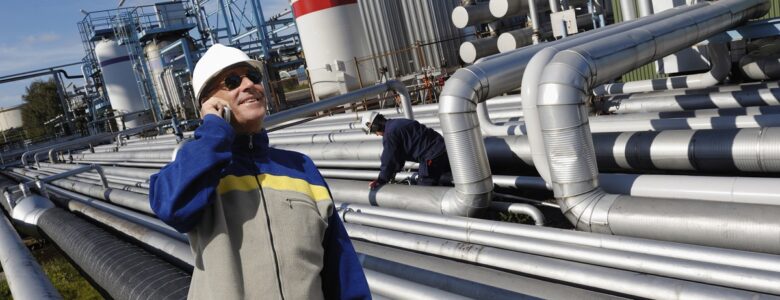The installation of a pipeline corrosion protection system is a critical part of maintaining the integrity and safety of any piping infrastructure. Whether for industrial, commercial, or oil and gas operations, protecting pipes from the damage of corrosion is essential to ensuring the durability and life of a system. Let’s learn more about the basics of a pipeline corrosion protection system installation.
Start with an Inspection
Before installation, an inspection is necessary. During this process, contractors identify corrosion and other damage to ensure that the best corrosion protection is applied. If pipe supports are needed, these also need to be checked for any signs of corrosion or wear. All protection components must be checked to ensure they’re in good condition and can provide reliable protection.
Installing Protection Pads
Once the inspection is complete and any damaged components are replaced, it’s time to install the pipeline corrosion protection system. This part typically involves installing wear pads on the outside of pipes to temporarily insulate them from their supports, eliminating the risk of corrosion due to moisture penetration and metal-on-metal contact. Designed specifically for this purpose, wear pads offer reliable protection without any chemical mixing, straps, or hot work.
Applying a Corrosion Inhibitor
After the wear pads are in place, contractors will apply the right amount of corrosion inhibitors to further protect the pipes. Available in a range of formulations, corrosion inhibitors can be applied directly to the outside of the pipes or indirectly through a protective coating. The type of inhibitor and application method will depend on the environment. These inhibitors create an inert barrier between the pipe and its environment, protecting it from corrosion.
Conducting Regular Maintenance
In addition to initial installation, regular maintenance of the pipeline protection system is important for ensuring its ongoing performance and effectiveness. This includes periodically checking the wear pads for any wear or damage. Contractors will continually inspect the pipes and supports for signs of corrosion. Experts will repair any damage promptly to avoid compromising the system.
According to The Mercury News, PG&E was fined $1.27 million for not addressing pipeline corrosion issues quickly enough. It’s important to install a pipeline corrosion protection system to avoid facing similar problems. By inspecting components, installing wear pads on the outside of pipes, and conducting regular maintenance, companies can ensure their pipes are durable and safe. Contact DynaGard today to learn more about how we can protect your pipes.



Leave a Reply